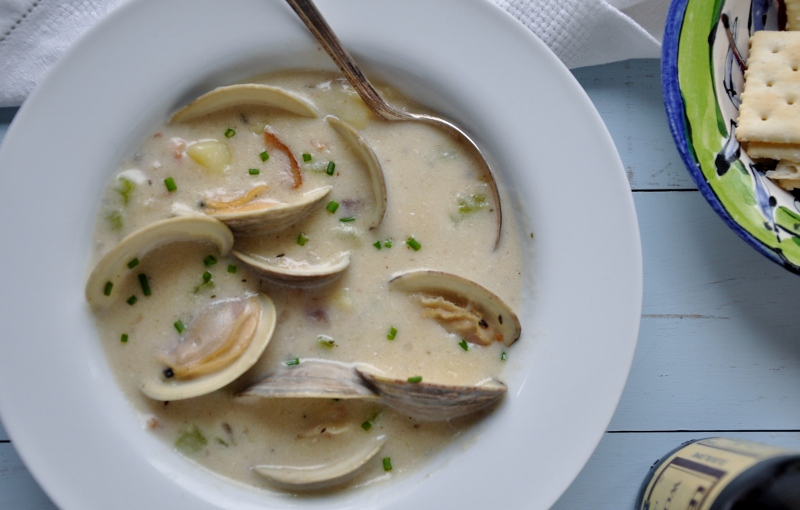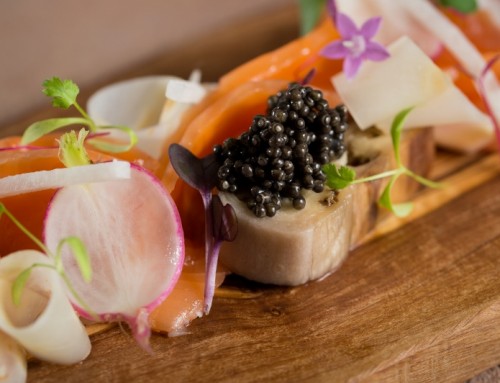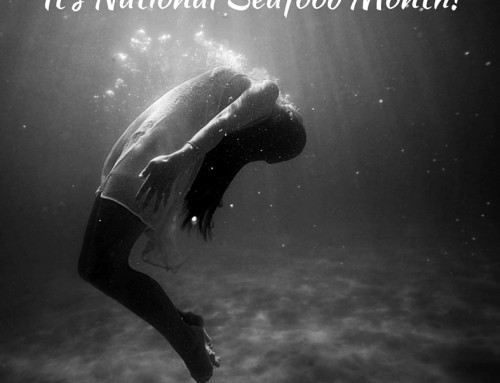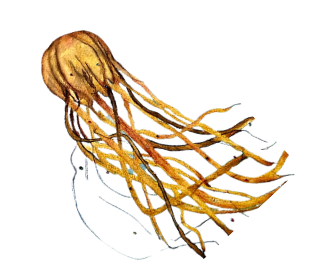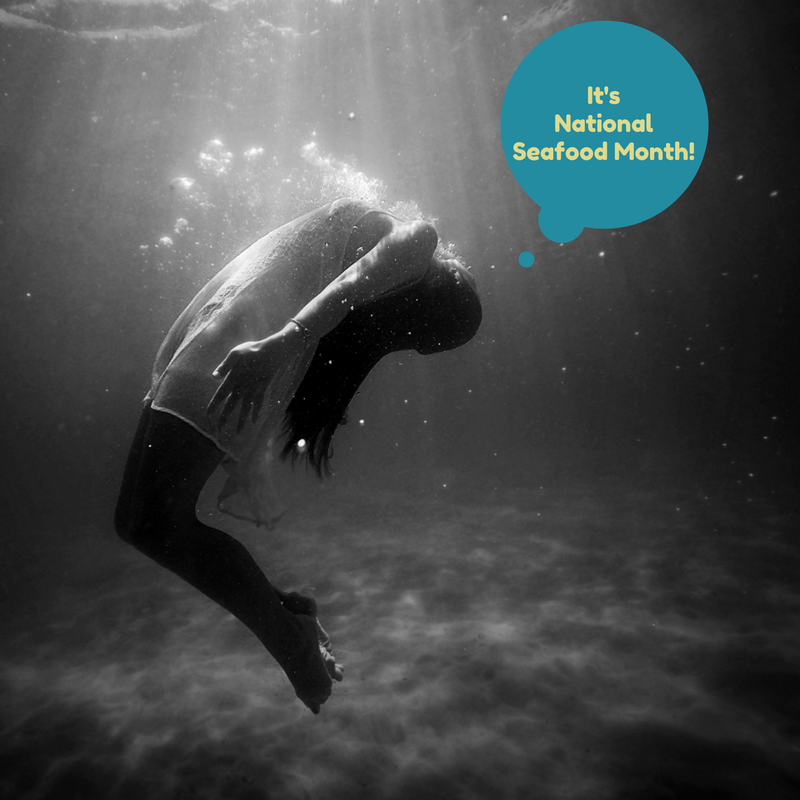
October is National Seafood Month—what better time to enjoy what our oceans have to offer from A-Z.
Did you know?
There are over 12,000 seafood species in the ocean.
So how did I pick my alphabet soup of seafood with all those possibilities?
By choosing both common and under loved species for their sustainability. But also I chose some not so sustainable and pesky species that need attention due to their destruction in our oceans.
So let’s jump in. And follow the links for facts, recipes and more!
A is for Anchovies (Serious Eats) “There are nearly 150 species of anchovies found in cooler waters across the globe.” Not just for Cesar Salad anymore.
B is for Barramundi (Australis Barramundi) “The Better Fish.” Nuff said.
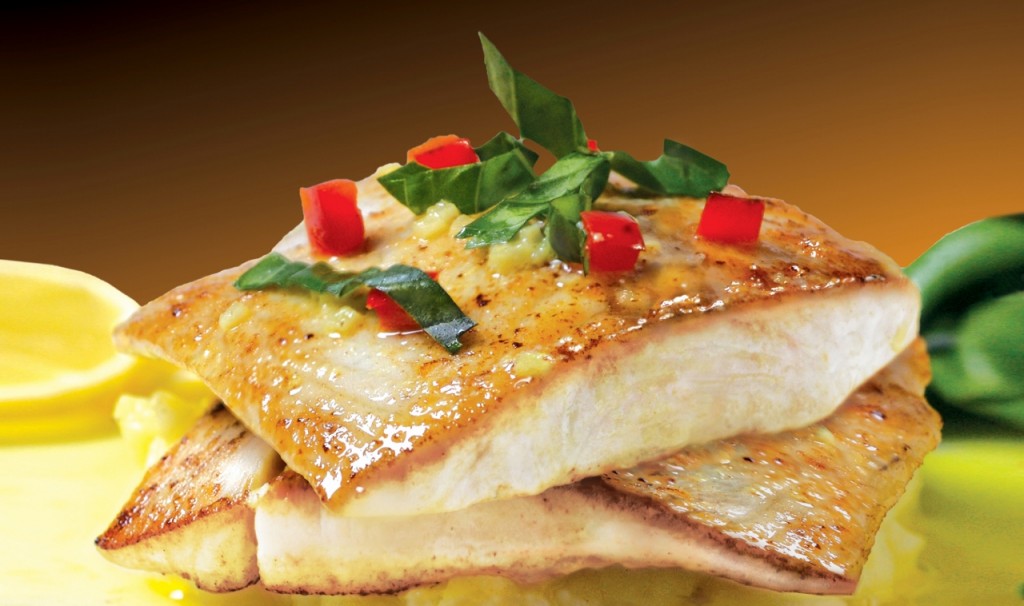
Have you tried Australis Barramundi? Sweet, delish and sustainable!
C is for Clams (The Reluctant Gourmet) “Size does matter!” Hehehe.
D is for Dogfish (PRI) Which has nothing to do with dogs, but sharks! And now Cape Cod fishermen are making a living with this delectable fish. Big thumbs up here!
E is for Escolar (The Kitchn) A buttery, white, yet oily and strong flavored fish often substituted in sushi restaurants. Eat sparingly, often coined the “Ex-lax” fish. You’re welcome.
F is for Flounder (Seafood Watch) A hugely popular, delicious white flakey fish. But Seafood Watch offers these stats: 6 Best choice, 13 Good choice, 15 Avoid. #KnowYourFisherman
G is for Grouper (Fish Fantastic) From gag to goliath and beyond, these remarkable bottom-dwelling fish can live up to 50 years and weigh up to 800 pounds!
H is for Halibut (Go Fish) Did you know that the halibut is the largest flatfish in the ocean?
I is for Idiot Fish (Clove Garden) Yes, it’s true! But this species is on the endangered list due to its slow propagation.
J is for John Dory (About Food) A decidely unattractive fish often called St. Peter’s fish due to the black spot on its side that resembles a fingerprint. But amazingly delicious!
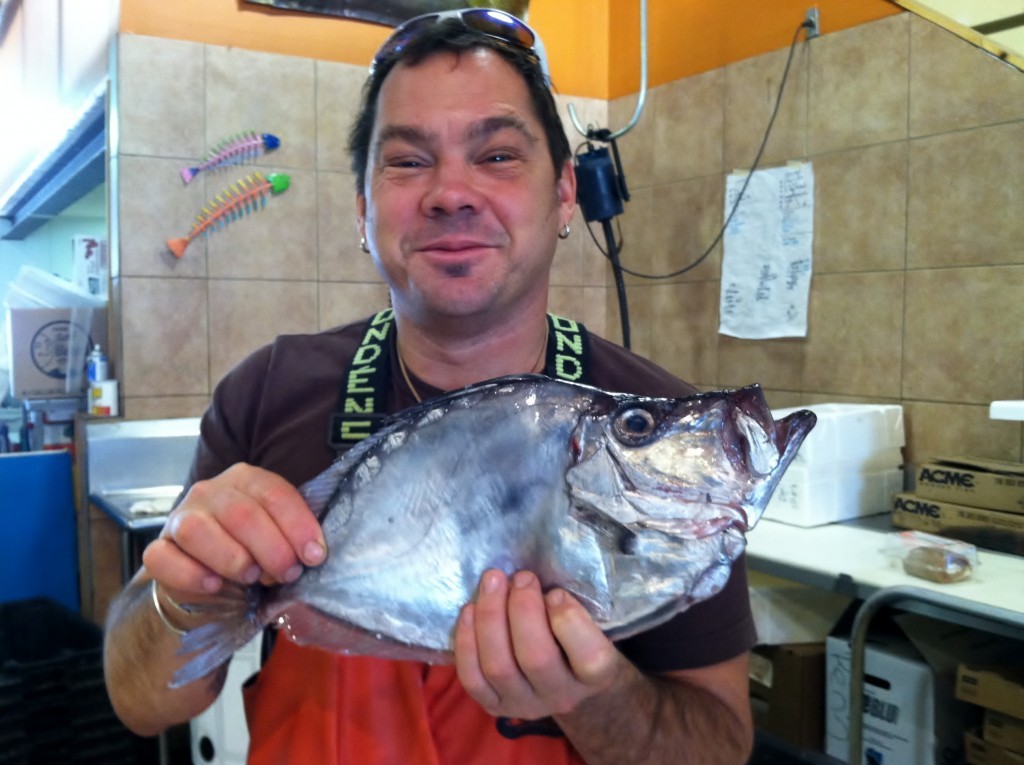
John Dory, Penn Avenue Fish Company, Pittsburgh
K is for Krill (International Science and Health Foundation) Did you know that krill are about the size of a paperclip and so abundant that when they swim in swarms they can be seen from outer space?
L is for Lionfish (NOAA) These pesky invasive fish are wreaking havoc in our oceans! But the good news is that they have a delicate and tasty white flesh. Order it when you see it on the menu!
Halfway there!
M is for Mussels (Mussel Inn) Did you know these meaty bivalves have been used as a food source for over 20 thousand years!
N is for Nori (bon appétite) An edible seaweed. Not just for sushi anymore. Scallops with Nori Brown Butter & Dill anyone?
O is for Octopus (España es Cultura) A popular seafood species in Spain. Head out to the annual festival August 13, 2017, to celebrate the goodness of all things octopus and more. Fun fact: Up to 30,000 kilos of octopus are prepared during the festivities!
P is for Pollock (Seafood Watch) Popular but best to avoid due to overfishing unless gillnet and purse seine-caught from Norway.
Q is for Quahog (ORMA) Pronounced coe-hog. A hard-shelled clam. Did you know a large quahog can filter a gallon of water per hour?
R is for Rock Shrimp (Food & Wine) A firm lobster like flesh with an extremely hard pink-beige shell. Rock Shrimp Risotto anyone?
S is for Shrimp (Maureen C. Berry) Did you know that 70 percent of the worldwide shrimp is farmed?
T is for Tuna (WWF) Tuna can swim up to 43 miles per hour and weight up to 1500 pounds. One single Bluefin tuna sold for $1.7 million in 2013. Ridiculously delicious but also endangered. Best bet? Opt out. Thanks.
U is for Unagi (Food Network) Unagi is the Japanese word for eel. It’s prehistoric! And quite tasty.
V is for Violet (The Oxford Companion to Food) No, not the flower, but an edible sea creature. Also known as a sea squirt or sea fig.
W is for Wahoo (Hawaii Seafood) Called Ono in Hawaii meaning “good to eat.”
X is for Xiphias (Merriam-Webster) Pronounced ˈzifēəs. A swordfish-like fish.
Y is for Yellowtail Snapper (Florida Museum of Natural History) Beautiful common reef fish that feed on fan coral. They are nocturnal predators that feed on crabs, shrimp, and fish.
Z is for Zander (Wikipedia) A freshwater species with a light tender flesh. Zander are considered similar to perch, walleye and pike and as a result, are often substituted (illegally) in restaurants.
Got a cool seafood fact you’d like to share with my readers? Leave a comment, shoot me an email maureencberry at gmail dot com, or tweet me @maureencberry. And please share the A-Z seafood love!
Thanks,
M

